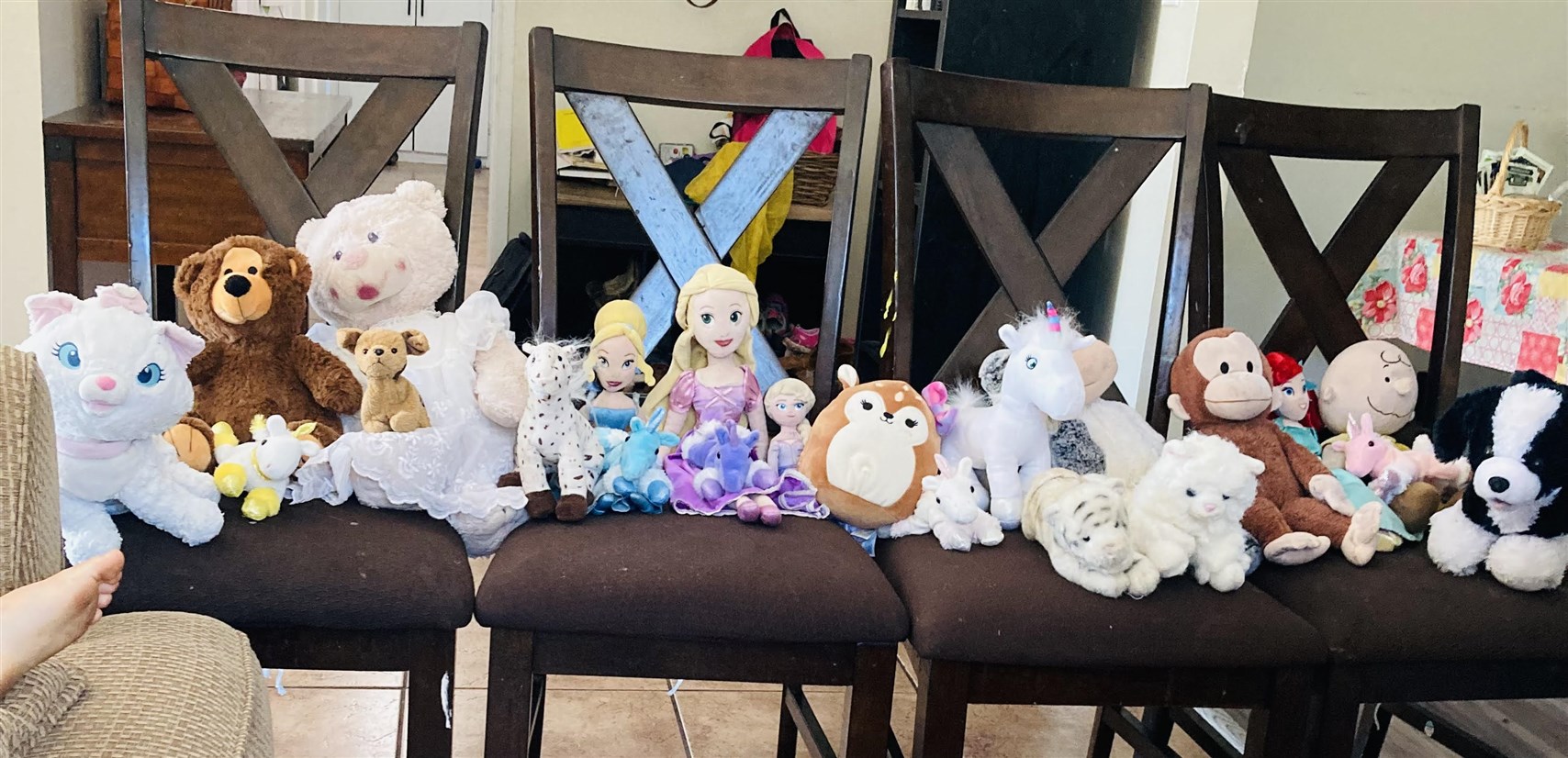
Suzuki Method
The Suzuki Method is an educational philosophy and approach developed by violinist Dr. Shinichi Suzuki. Dr. Suzuki recognized that young children have a particular way by which they naturally and easily learn to speak their native language. As he began applying these same principles of language learning to his teaching of music, he developed the belief that students can learn to play a musical instrument in the same way that they learn to speak their native language - through listening, repetition, encouragement and parental involvement.
Parent Involvement
Parent involvement is an essential part of the Suzuki approach. Just as a parent actively helps a child as they learn to speak, parents should expect to actively participate in their child’s private lessons as well as at-home practice sessions. This includes attending and taking notes during lessons, helping facilitate a positive learning environment for their child, and sometimes learning to play their child’s instrument alongside them. Parent, student, and teacher form the “Suzuki Triangle” to create a long-term collaborative learning experience. As a student grows and progresses, a parent's roles will adapt as well, moving from a position of leading to one of supporting.
Early Beginning
When children are very young they are especially open to learning new mental processes and physical skills. Listening to music should start at birth to develop a child's musical sensitivity, while a student may start their formal musical training at 3 or 4 years old. This being said, it is never too late to start learning!
Listening
Listening and observing is emphasized in Suzuki method. Just as a child learns to speak and understand words in an environment saturated with language, it is important for a student to have music in their everyday environment in order to learn a musical instrument. Students should be listening to music every day, including to recordings of the music they are learning to play.
Repetition
When a child is starting to speak, they learn a new word and then use and repeat it many times before it becomes a part of their vocabulary. Learning to play an instrument requires constant repetition as well. Even after learning a particular piece of music, students will continue to play the piece as it becomes fully absorbed into their musical “vocabulary”.
Encouragement
As with language learning, a student’s effort to learn an instrument should be met with sincere praise and encouragement. Respecting each person’s own learning pace, students are also encouraged to be supportive of each other’s efforts and progress.
Learning with Other Children
In addition to having one-on-one time with a teacher in private lessons, Suzuki students participate in regular group classes that are designed to supplement and reinforce concepts from private lessons. By learning from and motivating one another in group class, students are able to play, progress, and create a community together.
Graded Repertoire
Children do not practice exercises to learn to talk, but use language for its natural purpose of communication and self-expression. In light of this, pieces in the Suzuki repertoire are designed to introduce musical concepts and techniques in the context of music itself. The repertoire is strategically organized to present new concepts and difficulties in a logical sequence. Students progress through the series of pieces over time, with each piece serving as a building block for future learning.
Delayed Reading
Just as children do not learn to read until after gaining the ability to speak, Suzuki students wait to learn to read music until they have developed basic technical competence on their instrument.
Nurtured By Love:
Play with Heart - The Suzuki Method:
CCSM Parent Testimonials:
...a young Suzuki student’s first "audience."
